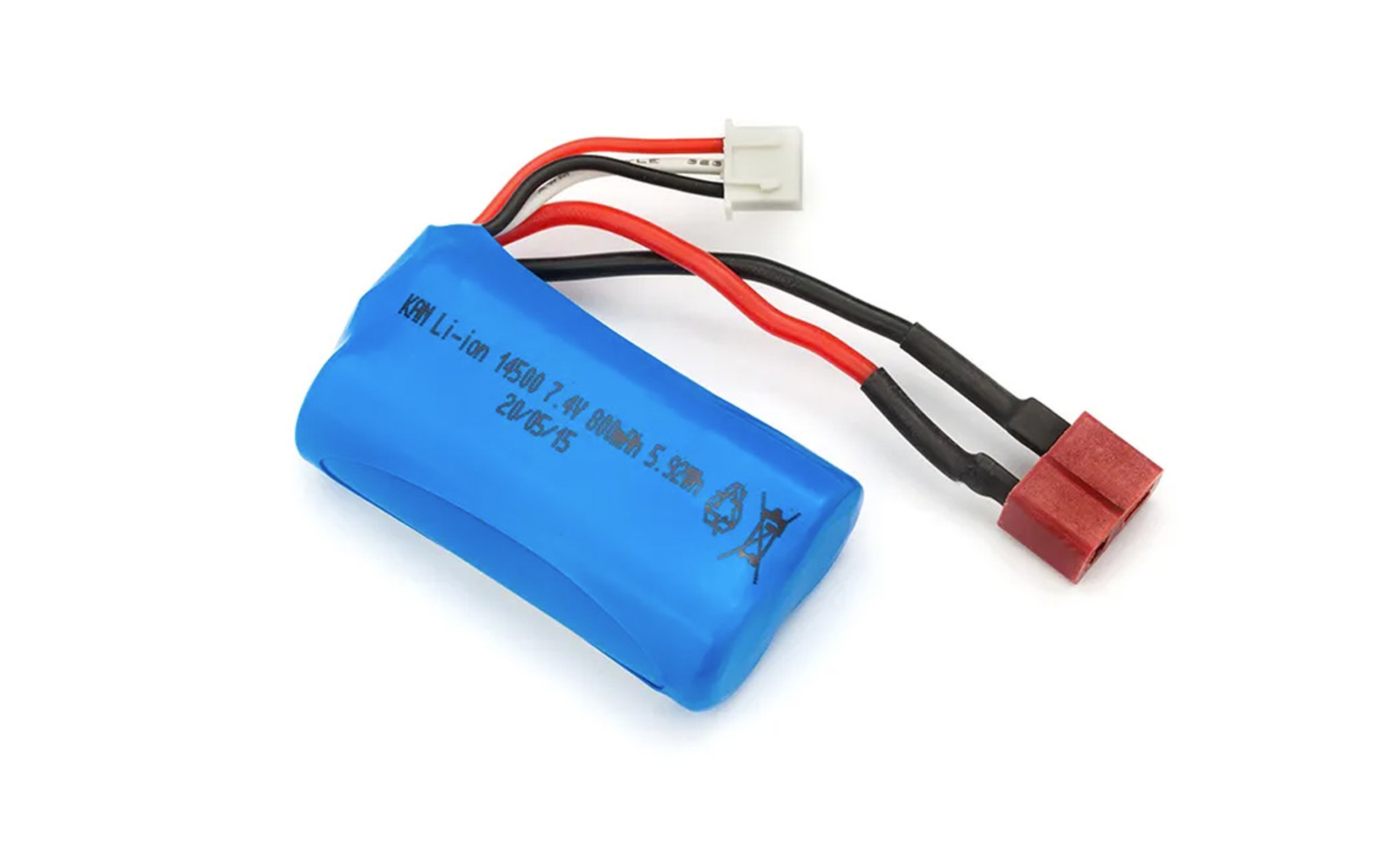We're going to take a walk through the types of battery connectors on offer and also the ones that will work with multiple brands to make understanding your “plugs” that little easier.
A majority of the batteries within the RC market come with four main plugs fitted, these are Deans, EC3, XT60, and JST, or some variant of these like EC5 (a bigger version of the EC3 which can handle higher current through it). All these serve a purpose. When fitting a new plug the Deans style are normally easier to work with (solder) if you have some experience as they have a small tab to solder onto. It means that any overheating of the tab while soldering can result in heat transferring to the plug housing, for beginners out there, this can be disheartening. Both XT60 and EC3, or any bullet connector style, are typically easier to solder up, with the EC3 even allowing you to solder the wire into bullet first and then press fit that bullet into the housing. Even if you're a little hot with the soldering iron, you have no risk of ruining the plug housing.

One of the neat things about the XT60 and Dualsky DC3 type plugs (or Device Connector) is that they are compatible with EC3/DC3/XT60 Battery plugs. This is really handy because if you install an XT60/DC3 connector, you're going to have the compatibility that covers a majority of the connectors used within the industry. Purely for that reason, we recommend a Dualsky DC3/XT60 as the connector of choice for your RC applications. Most of the popular batteries in the market have one of these types of connectors pre-installed, match it with your charger lead and you can standardise your plugs across all your applications. Obviously, this is for common usage types with other specific applications, that may use higher or lower current use, for example, enabling the use of JST or bullet style connectors.

When discussing connectors there are many views on how to describe them, it is very important that you get this right, as ordering a bunch of one type of plug and then finding out it is the wrong one can be a disheartening experience! Commonly people refer to the style of ‘pin’ or housing to as male or female. The side with the pin is the male, the socket side is the female. Another way of describing them is to do much the same thing but with the housing - the socket housing is female and the plug side male. The confusion can come when the socket side has pins and the Plug side has sockets! So a neat thing that E-Flite has done is refer to them as either a Device or Battery connector, now when purchasing a connector, simply select if you need a device plug for your charger or RC product, or maybe you need a battery plug.

The Last point I want to cover is the current carrying capability of these connectors, the EC3/XT60/DC3 all are capable of carrying 60amps continuous. We also have the option of going to a smaller EC2/XT30 that can carry 20/30A or the Larger XT90/EC5 style that is capable of 90amps. It's important to understand what your system requirements are and then select the appropriate connector for the job. As a general rule most things running a 4S-6S LiPo would use an XT90, 3S/2S would use an XT60/EC3/DC3 and smaller batteries like 2s-4s with low capacity (300-800mah) could get away with an EC2/XT30 plug.
No matter what RC product you have, there will be a battery connector for the job, taking into account how easy they're to solder, what batteries you purchase are likely to come pre-installed with and the current carrying capability of the plug are all important to your selection. Making sure that you've selected the right one will mean the setup can perform seamlessly with no power loss or excess heat, and you, the owner will have more time enjoying your RC product of choice and less time soldering battery connectors!
Naturally, feel free to get in touch with us to discuss any of your application requirements.
